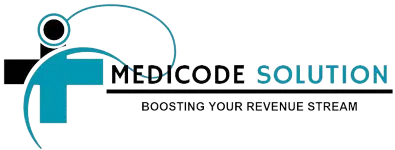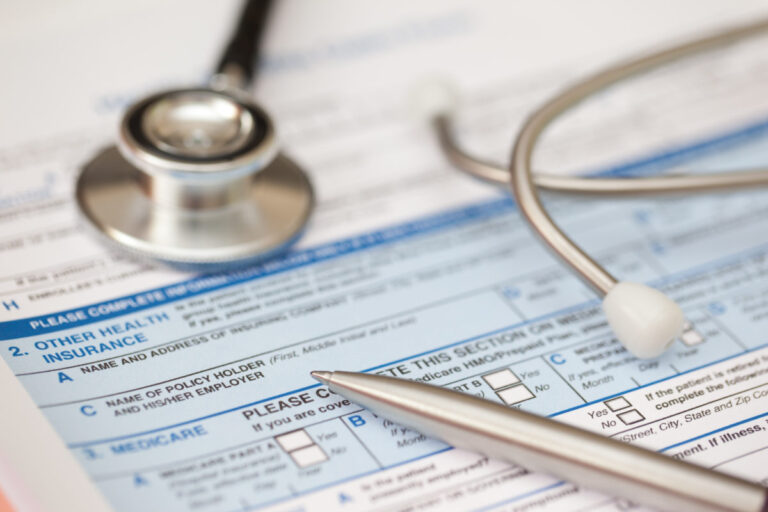Every healthcare organization should have a clear understanding on how to proceed with medical insurance billing. But to do it correctly, it is important to understand what medical claims data means. From this article, you will figure it out.
What Exactly is a Medical Claim?
Medical claims are the bills that healthcare organizations are submitting to insurance providers of their patients. Every medical bill has unique medical codes. They refer to the level of treatment offered to the patients during their visits. In other words, medical insurance billing codes can include:
- Detailed diagnosis of the health condition
- Treatment procedures followed
- Medical devices used
- Medical supplies used
- Medical transportation used
- Pharmaceuticals provided
When a healthcare provider is submitting a claim to an insurance company, they need to include all the medical codes relevant to the visit. Then the insurance company will be able to evaluate the codes and proceed with offering reimbursement.
Exploring Information Available Within a Medical Claims File
For every patient encounter, a healthcare organization should open up a medical claims file. It contains confidential information about the patient such as the name, gender, birthday, and address. This file contains two main parts. They include:
Claim Header
Claim header contains a summary of the claim. It has information related to the patient as below.
- Name of the patient
- Birthday
- Residential address
- Zip code
- National Provider Information (NPI) for the service facility and attending physician
- Primary diagnosis code
- Diagnosis related group (DRG)
- Inpatient procedure
- Charge for the claim
- Insurance company name of the patient.
Claim Detail
Claim detail is the section where you can find information about the secondary procedures or diagnosis done during the patient stay. They include:
- Procedure code
- Date of offering patient treatment
- National Drug Code (NDC)
- All corresponding diagnosis codes
- NPI number of the attending physician
- Overall charge for the service
Learning About Medical Claims Clearinghouse
Medical claims clearinghouse is the electronic platform that facilitates payors and healthcare providers. All the healthcare providers should go ahead and submit medical insurance billing information to a clearinghouse. Then the clearinghouse will standardize and screen all the medical claims. The payor will get information only after that.
One of the main purposes of a clearinghouse is to remove errors during medical coding. It can also reduce the time that it will take for a patient to receive reimbursement. Moreover, it can be beneficial for the payors as well. That’s because the payors can get medical insurance billing records in a standardized format. The payors will not have to do any formatting on their end. They will be able to go ahead with the reimbursements without an issue.
Understanding the Medical Insurance Billing Process
The overall medical billing process is made out of seven important steps. All these steps capture the overall claims journey from the moment a patient checks into a healthcare facility, until they get their bill from the insurance provider. Let’s explore the steps in detail.
Registration of The Patient
The very first step of medical insurance billing is patient registration. This is where the patient submits his/her personal information to the healthcare provider. It includes information about health insurance as well.
Verification of Insurance Eligibility
Once insurance information is provided, the healthcare service provider will go ahead and verify it. This will ensure that the patient has sufficient coverage for the treatments offered. Moreover, it helps the healthcare providers to understand all the policy benefits that the patient is eligible for.
It includes understanding whether the patient has any out-of-pocket expenses or an accumulated co-pay. On top of that, the healthcare provider can understand whether the insurance company of the patient requires a pre-authorization as well.
Medical Coding Information
Medical coding is one of the most important pieces of information you can find in a claims request. All healthcare providers should transcribe clinical documentation along with their notes to standard medical codes. Below are the most prominent medical coding systems available as of now:
- Current Procedural Terminology (CPT)
- Diagnosis-related Group (DRG)
- International Classification of Diseases (ICD-10)
- Healthcare Common Procedure Coding System (HCPCS)
- National Drug Code (NDC)
From these codes, it is possible to explain the medical diagnosis, medical procedure, and even prescriptions offered to the patient. In other words, it clearly describes what the patient’s overall condition is about.
Patient Charge Entry
Charge entry refers to the final step before the healthcare providers go ahead and submit their claims. This is where they include all the charges that they are expecting to receive.
Claims Transmission
Claims transmission would happen once the claims get transferred to the payor from the healthcare provider. This is where the clearinghouse involvement takes place as well. It will review and reformat all information before submitting to the payor. There are situations where the healthcare providers submit their claims directly to the payors as well.
Adjudication of Claims
After the payor reviews the medical claim, adjudication will happen. This is where the payor can evaluate claim and decide whether it is valid. The payor will also decide the amount to reimburse during this stage. Once the claim is accepted, the payor will go ahead and provide reimbursement to the healthcare provider.
Along with that, the payor will also charge remaining amount from the patient. In case the patient doesn’t have sufficient coverage, the payor can deny the claim. This is where a patient will have to go ahead and submit an appeal.
Patient Statement
The final step of medical billing is the patient statement. This is where the patient agrees to pay the remaining amount once the insurance company finalizes the claim amount to pay. Now you are aware of the medical claims process and how it works. It will help you to go ahead and submit claims for insurance claims without any major issues.

